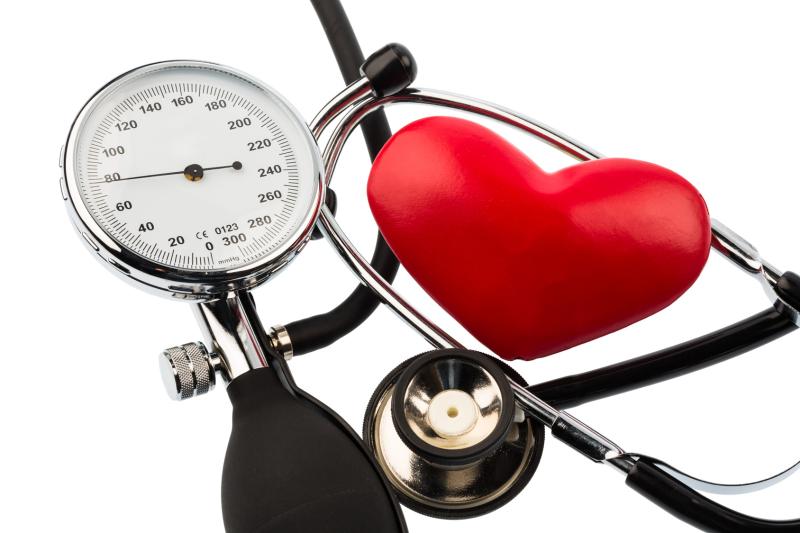Cardiac time intervals predict MACE in T1D patients without heart disease





In patients with type 1 diabetes (T1D) without known heart disease, cardiac time intervals positively correlate with major adverse cardiovascular events (MACE), according to a study presented at the ESC Congress 2020: The Digital Experience.
“Furthermore, the association is modified by sex in that the isovolumetric contraction time (IVCT) and myocardial performance index (MPI) provide independent and prognostic information on the risk of future cardiovascular events particularly in females [but not in males],” the researchers said. “These findings suggest sex differences in myocardial impairment related to T1D.”
A total of 1,088 T1D patients without known heart disease (mean age, 50±15 years; 53 percent male; duration of diabetes, 26±15 years) were prospectively included, of whom 30 percent had albuminuria. All participants underwent an echocardiographic examination with assessment of cardiac time intervals by color Tissue Doppler imaging M-mode.
The researchers, led by P. Brainin from the Gentofte University Hospital, Cardiology in Copenhagen, Denmark, assessed the IVCT, isovolumetric relaxation time (IVRT), and ejection time (ET). MPI was calculated as (IVRT + IVCT) / ET.
MACE, a composite of incidence heart failure or hospitalization for acute coronary syndrome or percutaneous coronary intervention/coronary artery bypass graft, was evaluated in Cox proportional hazards models. Finally, the researchers adjusted multivariable models for clinical information, pharmacotherapy, and echocardiographic parameters.
Of the patients, 106 (10 percent) experienced MACE over a median follow-up of 6 years (interquartile range, 6–7 years). Adjusted survival analyses revealed the association of IVRT (hazard ratio [HR] per 10-ms increase, 1.13, 95 percent confidence interval [CI], 1.01–1.26; p=0.026) and MPI (HR per 1-unit increase, 1.03, 95 percent CI, 1.01–1.04; p=0.005) with MACE. [Brainin P, et al, ESC Congress 2020]
Overall, the association of IVCT with MACE was of borderline significance (HR per 10-ms increase, 1.15, 95 percent CI, 0.97–1.36; p=0.10), while no association was found for ET (HR per 10-ms increase, 0.97, 95 percent CI, 0.89–1.05; p=0.43).
Furthermore, the association between IVCT and the outcome was modified by sex (pinteraction<0.05). Specifically, IVCT (HR per 10-ms increase, 1.23, 95 percent CI, 1.02–1.49; p=0.027) and MPI (HR per 1-unit increase, 1.03, 95 percent CI, 1.01–1.05; p=0.005) correlated with MACE in women but not in men.
“Cardiac time intervals, and in particular the MPI which combines systolic and diastolic function, are associated with cardiovascular prognosis in various populations,” the researchers noted.
An editorial by Jae K Oh and Jamil Tajik, fellows of the American College of Cardiology, stated that “the maintenance of normal cardiac time intervals is intimately related to normal cardiac physiology, mechanics, and haemodynamics.” [J Am Coll Cardiol 2003;42:1471-1474]
“When these are disturbed, cardiac time intervals are shortened or delayed,” they added. “Our ability to measure these millisecond intervals has enhanced our understanding of the well-orchestrated timing of cardiac events and has improved the diagnostic assessment of cardiac function.”